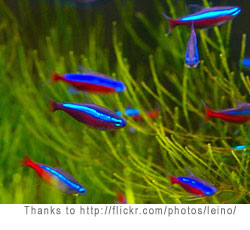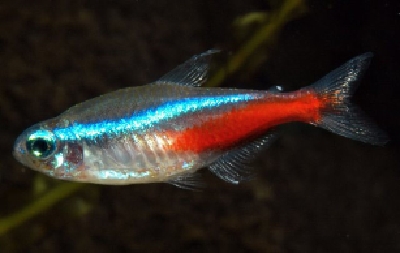
Canines that have not been neutered are at the highest risk to have dog prostate gland problems as they get older. Neutered dogs are at a lower risk because the prostate either never develops or shrinks to a much smaller size depending on the dog's age at castration. However, it is not outside the realm of possibility for a neutered dog to develop prostate problems.
If at all, they usually will start to appear around the age of 6, but younger dogs that are intact but not sexually active can also show symptoms. Listed are three common dog prostate problems: enlargement, inflammation and cancer. They should be taken seriously for they, especially cancer, could lead to further problems, such as kidney failure in dogs. The longer it takes for any problems to be detected, the more unlikely that the prognosis will be good, so it's important to pay attention to warning signs.
Prostrate Enlargement
Known as benign prostatic hyperplasia or BPH, this is the most common prostate ailment for non-neutered dogs. It is part of the normal aging process of dogs, usually occurring when 4 or 5 years old, and it is not cancerous. The prostate swells and presses against the rectum which causes discomfort for the animal. Untreated, enlargement can affect the dog's ability to both urinate and defecate.
Inflammation of the Prostrate
A dog urinary infection can be caused by bacteria getting into the urinary tract which in turn can cause inflammation. Bacterial infections may cause blood to be present in the urine which leads to discomfort during urination. The blood is likely to come after the urine.
Dog Prostate Cancer
Although relatively uncommon, dog prostate cancer can affect older dogs. It can strike neutered dogs as well, but it is not as likely. Prostate cancer in dogs can be life threatening due to the difficulty of removing the affected region by surgery. Radiation and chemotherapy can treat the disease, but on average, dogs only live six weeks after the treatment. It is difficult to treat, as well, because by the time of diagnosis it is usually advanced, possibly to other regions. The best ways to prevent this from happening to your dog are to neuter him early and to watch for warning signs.
Warning Signs of Prostate Problems
As can be the case, the visible symptoms of prostate problems in dogs may be similar to those of other ailments, but in general, watch out for these signs:
* Frequent urination, blood following urination, or straining to urinate
* Bloody or pus-like discharge from the penis
* Lethargy
* Fever
* Constipation
* Arched back, stiff hind legs with shortened steps
Not all prostate problems in dogs are terminal, and if you detect any symptoms early, they can be treated. Depending on the age of the dog and the extent of their problem, treatment might not prevent a shortened lifespan, so do your best to prevent any prostate problems by neutering your dog, maintaining a healthy diet and active lifestyle and watching for any warning signs.

 Canines that have not been neutered are at the highest risk to have dog prostate gland problems as they get older. Neutered dogs are at a lower risk because the prostate either never develops or shrinks to a much smaller size depending on the dog's age at castration. However, it is not outside the realm of possibility for a neutered dog to develop prostate problems.
Canines that have not been neutered are at the highest risk to have dog prostate gland problems as they get older. Neutered dogs are at a lower risk because the prostate either never develops or shrinks to a much smaller size depending on the dog's age at castration. However, it is not outside the realm of possibility for a neutered dog to develop prostate problems. The neon tetra (Paracheirodon innesi) is a freshwater fish of the characin family (family Characidae) of order Characiformes. The type species of its genus,
The neon tetra (Paracheirodon innesi) is a freshwater fish of the characin family (family Characidae) of order Characiformes. The type species of its genus,






 Dogs are born curious and use their mouths and noses to explore and investigate almost everything that they come in contact with; therefore, since your canine is probably a curious dog, poison can be a potential killer. Of course, the best way to save your dog from the dangers associated with poison is to make sure that all types of substances that could harm your pet are put away and securely closed and out of reach. However, in the event that your dog does become poisoned, you should get your dog to the veterinarian as soon as possible. Before you do so, however, here are some things you should do immediately.
Dogs are born curious and use their mouths and noses to explore and investigate almost everything that they come in contact with; therefore, since your canine is probably a curious dog, poison can be a potential killer. Of course, the best way to save your dog from the dangers associated with poison is to make sure that all types of substances that could harm your pet are put away and securely closed and out of reach. However, in the event that your dog does become poisoned, you should get your dog to the veterinarian as soon as possible. Before you do so, however, here are some things you should do immediately. Making natural dog food recipes at home provides healthy food for your pet, and it's very easy to do. Simply balance his proteins, fats and carbohydrates with the occasional mineral or vitamin supplement to add more nutritional value.
Making natural dog food recipes at home provides healthy food for your pet, and it's very easy to do. Simply balance his proteins, fats and carbohydrates with the occasional mineral or vitamin supplement to add more nutritional value.